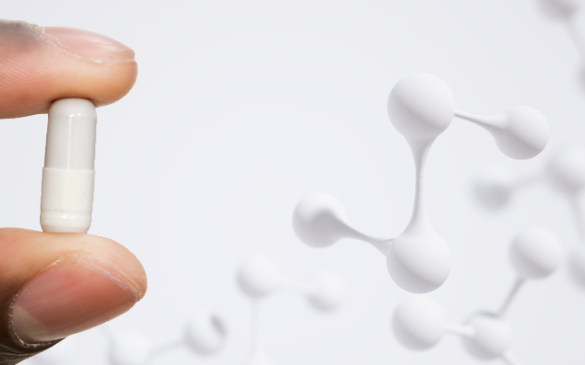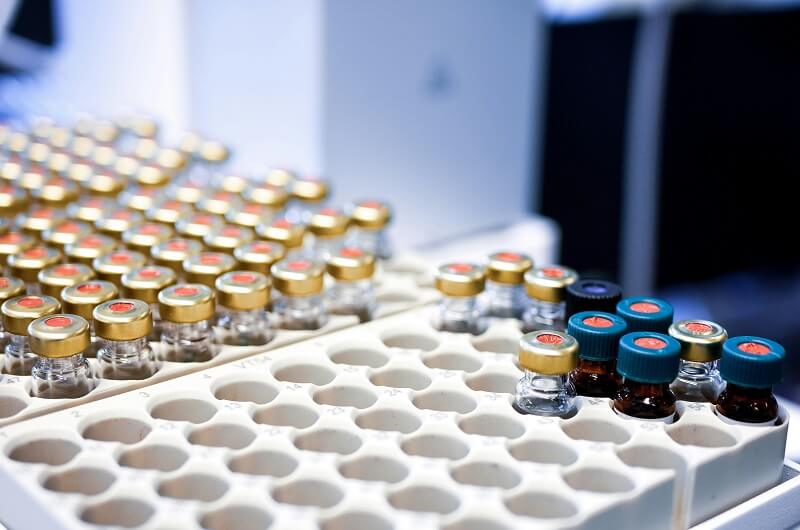Banocide Forte for Filarial Worm Infections: Is It Effective?
Banocide Forte for Filarial Worm Infections: Is It Effective?

Filarial worm infections are a major public health issue in many tropical and subtropical regions. These parasitic infections, caused by thread-like nematodes, are transmitted to humans through mosquito bites and can lead to debilitating diseases such as lymphatic filariasis, loiasis, and tropical pulmonary eosinophilia. Over time, these infections can cause chronic pain, swelling (such as elephantiasis), and significant social stigma.
Diethylcarbamazine Over The Counter is a widely used antiparasitic medication known for its effectiveness in treating filarial worm infections. Containing the active ingredient diethylcarbamazine citrate (DEC), Banocide Forte has been a frontline treatment for decades. But how effective is it really in eradicating filarial worms and managing symptoms?
In this article, we explore the science behind Banocide Forte, how it works, how it’s used, and its effectiveness in combating filarial infections.
What Are Filarial Worm Infections?
Filarial infections are caused by microscopic, thread-like parasitic worms known as filariae. These worms are transmitted through mosquito vectors and tend to settle in the lymphatic system, subcutaneous tissues, or body cavities, depending on the species.
The most common forms of filarial infections include:
-
Lymphatic filariasis (elephantiasis) – caused by Wuchereria bancrofti, Brugia malayi, or Brugia timori
-
Loiasis (African eye worm) – caused by Loa loa
-
Tropical pulmonary eosinophilia – a hypersensitivity reaction to filarial worms, particularly in the lungs
Symptoms may include:
-
Fever and chills
-
Lymph node swelling
-
Pain and inflammation
-
Chronic swelling of limbs (lymphedema)
-
Lung-related symptoms (cough, wheezing)
Treatment is essential to eliminate the worms, relieve symptoms, and prevent complications.
What Is Banocide Forte?
Banocide Forte is a prescription medication that contains Diethylcarbamazine Citrate (DEC) as its active ingredient. It is specifically designed to treat infections caused by filarial parasites and other nematodes.
Each tablet of Banocide Forte typically contains 100 mg of DEC, and it’s used alone or in combination with other antiparasitic agents in mass drug administration (MDA) programs in endemic areas.
How Does Banocide Forte Work?
Banocide Forte works by targeting both the microfilariae (larval forms) and adult filarial worms. Its mechanism of action is still not fully understood, but current research suggests the following effects:
-
Immobilization of Microfilariae
DEC alters the surface membranes of microfilariae, making them more susceptible to the body’s immune system. This leads to rapid clearance from the bloodstream. -
Destruction of Adult Worms
Although slower than its effect on larvae, Banocide also damages adult worms over time, especially in long-term treatments. -
Immune Modulation
DEC is thought to enhance host immune response by activating certain white blood cells (eosinophils), which play a key role in attacking parasites.
Effectiveness of Banocide Forte in Treating Filarial Infections
1. Lymphatic Filariasis
Numerous clinical studies confirm that Banocide Forte is highly effective in:
-
Reducing microfilarial load in the blood
-
Preventing the transmission of filariasis to others
-
Reducing inflammation and acute symptoms
Treatment duration usually spans 2 to 3 weeks, with a typical dosage of 6 mg/kg per day, divided into three doses.
In mass treatment programs, DEC is sometimes combined with albendazole or ivermectin to improve efficacy and reduce transmission rates.
2. Tropical Pulmonary Eosinophilia (TPE)
In TPE, Banocide Forte is considered the treatment of choice. It dramatically improves respiratory symptoms, such as:
-
Night-time coughing
-
Shortness of breath
-
Wheezing
-
Eosinophil count in blood
Treatment duration ranges from 2 to 4 weeks, depending on response. Most patients experience relief within the first few days of therapy.
3. Loiasis (African Eye Worm)
Banocide Forte is also effective against Loa loa, but treatment requires extreme caution. High microfilarial loads can lead to serious complications (like encephalopathy) due to rapid die-off of worms. Blood tests are often used to assess safety before starting treatment.
Dosage and Administration
The dosage of Banocide Forte depends on the type of filarial infection, severity, body weight, and age of the patient.
🔹 General Adult Dosage:
-
6 mg/kg body weight per day, divided into three doses
-
Treatment course: 12 to 21 days, or longer in chronic cases
🔹 For Children:
-
Same dosage per kilogram, adjusted based on age and tolerance
🔹 How to Take It:
-
Always take with food to reduce gastrointestinal side effects
-
Ensure adequate hydration
-
Follow doctor’s instructions strictly
Side Effects and Precautions
Banocide Forte is generally well-tolerated, but some side effects may occur, especially in the early phase of treatment when the microfilariae die off.
⚠️ Common Side Effects:
-
Fever
-
Nausea or vomiting
-
Dizziness
-
Headache
-
Joint or muscle pain
-
Skin rashes or itching
These symptoms are often due to the body’s reaction to dying parasites rather than the drug itself.
⚠️ Serious Reactions:
-
Allergic skin reactions
-
Respiratory distress
-
Inflammation of lymph nodes (lymphadenitis)
Always consult a doctor before starting Banocide, especially if:
-
You have liver or kidney issues
-
You are pregnant or breastfeeding
-
You are allergic to any antiparasitic agents
How Quickly Does Banocide Forte Work?
-
Microfilariae: Often cleared from the bloodstream within 7–10 days
-
Symptoms Relief: Most patients experience symptom reduction in 2–3 days
-
Adult Worms: May take several weeks to months for full eradication
Treatment should always be completed in full, even if symptoms improve early.
Use in Public Health Campaigns
Banocide Forte is a cornerstone of mass drug administration (MDA) campaigns led by organizations such as the World Health Organization (WHO). These efforts aim to eliminate lymphatic filariasis in endemic countries by distributing DEC in combination with other antiparasitic drugs to entire populations at risk.
These campaigns have significantly reduced the prevalence and transmission of filarial infections globally.
Conclusion: Is Banocide Forte Effective?
Yes, Banocide Forte is a highly effective treatment for various filarial worm infections. Its dual action against microfilariae and adult worms, coupled with its established safety profile, makes it a preferred choice for both individual treatment and large-scale public health programs.
Whether you’re battling lymphatic filariasis, loiasis, or pulmonary eosinophilia, Banocide Forte can provide fast and sustained relief when used properly. However, like any medication, it should be taken under the supervision of a healthcare provider, especially due to the potential for adverse immune reactions during the killing of worms.
In regions where filariasis is endemic, Banocide Forte continues to play a critical role in reducing disease burden, preventing disability, and improving quality of life for millions.







